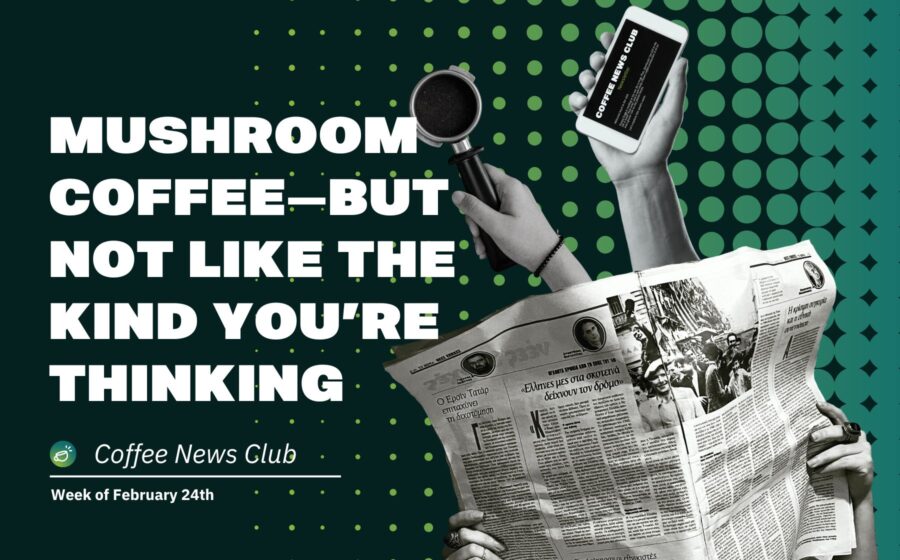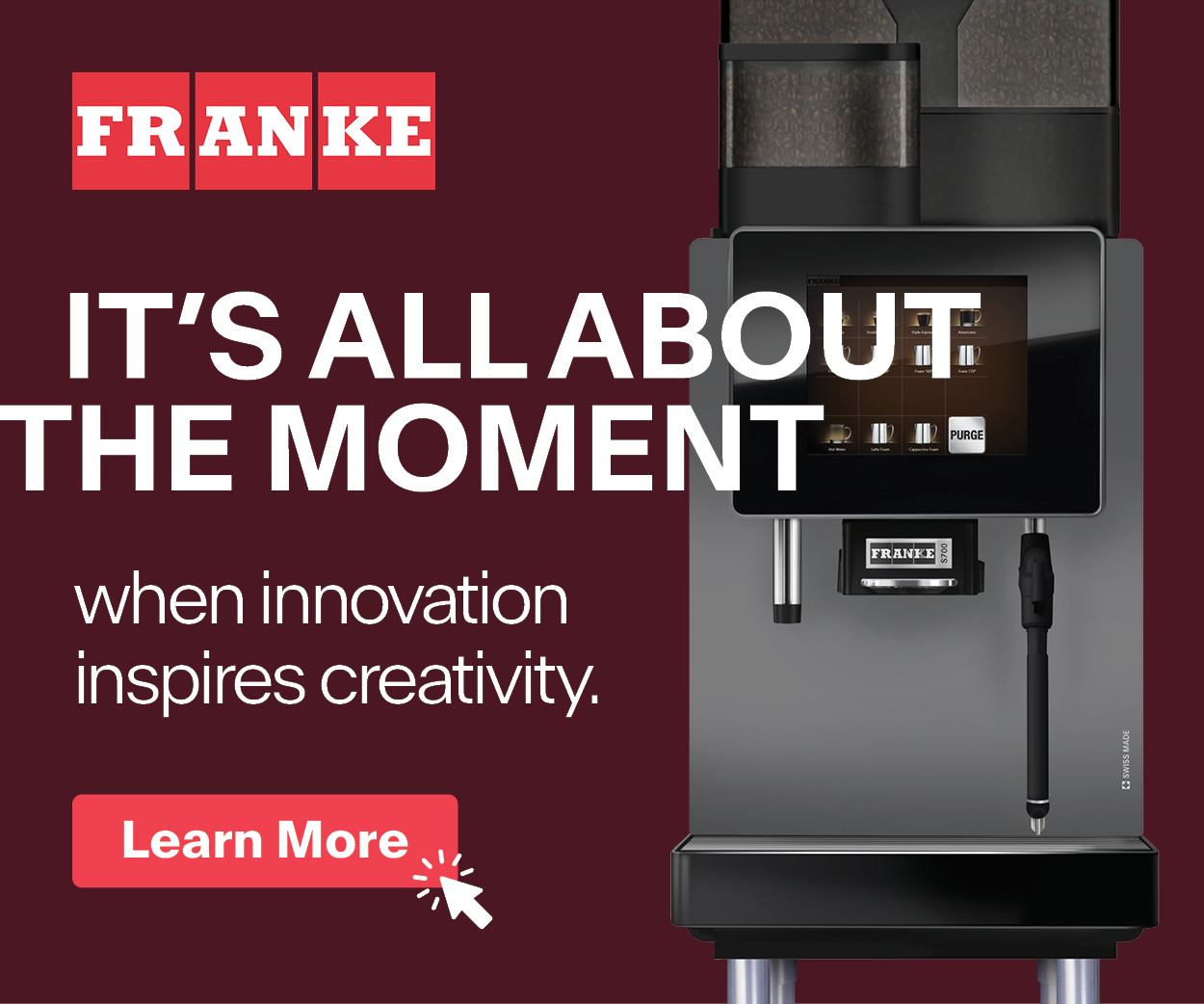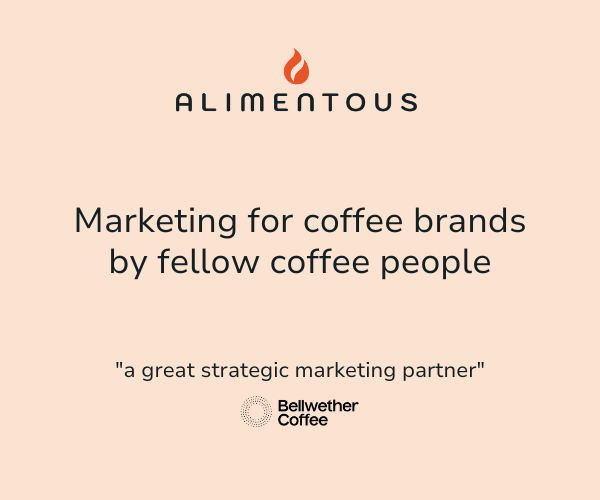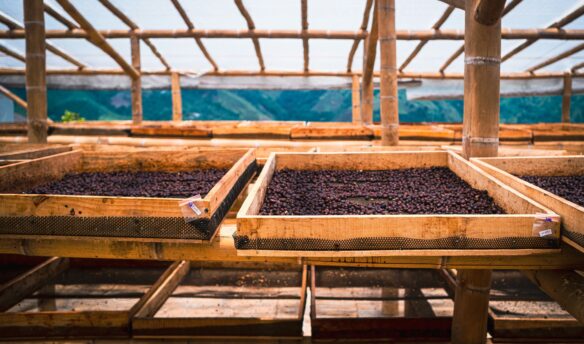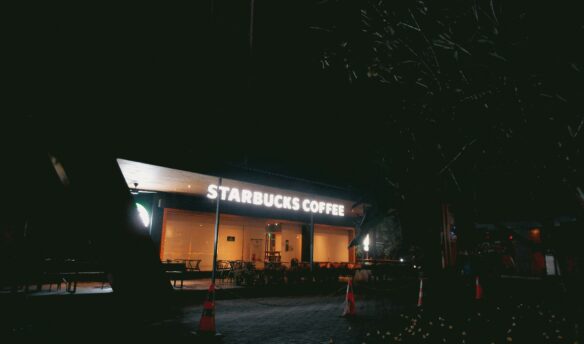What does specialty coffee cost? Plus, Starbucks’ new compostable cups are upsetting influencers and a whole new take on mushroom coffee.
‘Tracking Coffee Prices With The Specialty Coffee Transaction Guide’ – via Sprudge
How much does specialty green coffee really cost? It can be hard to know because, unlike the commodity market, there isn’t a single centralized benchmark for specialty.
The Specialty Coffee Transaction Guide tries to counteract that. Compiled by researchers at Emory University’s Goizueta Business School, the guide collects and analyzes hundreds of thousands of coffee contracts to create context and benchmarks for specialty prices. The latest version dropped earlier this year and gives producers and roasters a resource to turn to when determining coffee prices.
Researchers utilized data from over 100,000 contracts covering over 2 billion pounds of green specialty coffee purchased over the past six harvest years. The guide can be downloaded here.
Here are some key observations researchers made:
- Median prices are steadily going up. The median free-on-board (FOB) price, which is the price of coffee at the point of export, was $3.48 over the past three years, a $0.73 per pound increase over the three years prior.
- Higher-scoring coffees and smaller lots earned higher prices, and those prices were less tethered to the commodity market than lower-scoring, higher-volume coffees. The median price for what the report calls “fancy” coffees increased steadily over the six harvest years, while containers of “regular” coffee rose and fell in tandem with the commodity price.
- Coffee from Africa continues to sell at a higher median price than other coffee-growing regions. African coffees earned a median price of $3.95 per pound compared to South America, which had the lowest median price of $3.18. However, as the report notes, there was considerable variability across countries within regions: Ecuador’s median price was more than double that of Brazil’s. In contrast, Ethiopia’s median price of $4 per pound was a dollar more than Tanzania’s.
The report’s authors write that data contained within the guide can “provide relevant contextual information for price negotiations.” However, they caution that because of the small number of companies that shared information, the data “does not yet reflect the entire specialty market.”
They also note that FOB prices don’t necessarily indicate how money makes it back to the farmer or whether it covers production costs. Instead, they write that the prices in the guide “are statistical references that may be useful to contracting parties seeking to understand their market positions and develop value-based pricing strategies.”
‘How Your Morning Coffee’s Leftovers Could Help Solve the World’s Waste Problem’ – via Study Finds
Coffee is a miraculous substance. Not only is it delicious and—depending on the ever-contradictory science reports we get about its health benefits—good for you, but even its waste can be useful.
It’s so valuable that researchers are constantly coming up with new ways to repurpose old coffee grounds, from making concrete stronger and more sustainable to removing toxic herbicides from drinking water.
Now, coffee grounds could be an alternative to petroleum-based packaging materials like styrofoam. Researchers at the University of Washington used coffee grounds to grow a specific kind of fungus, utilizing its root system to create a lightweight and robust substance that can be used to make 3D-printed custom packaging.
For the study, published in 3D Printing and Additive Manufacturing, the researchers combined spent espresso coffee grounds with brown rice flour, xanthan gum, reishi spawn (a fungal culture used to grow mushrooms), and water to create what they call a “mycofluid” paste. This paste was 3D printed into shapes, such as packaging blocks, and acted as a growing medium for the mushroom’s very thin root system. Over the next few days, the mycelium encased the printed shape and bound all the materials together, forming a shell.
“The primary contribution of this work is the development and accessibility of living biomaterials as building blocks,” the authors write. They hope their research can encourage more sustainable methods of manufacturing, especially where custom-shaped packaging is needed.
There are a few limitations: Because it involves growing a living fungus, the process currently takes eleven days. Building this kind of packaging material also requires a lot of espresso grounds, which could make it hard to scale. However, the team is looking to use other materials in the future.
“We’re interested in expanding this to other bio-derived materials, such as other forms of food waste,” lead author Danli Luo said. “We want to broadly support this kind of flexible development, not just to provide one solution to this major problem of plastic waste.”
More News
‘Cxffeeblack and COMOCO Cotton Partner on T-Shirt Made Through World’s First Black-Owned Cotton Supply Chain’ – via Fresh Cup
‘European Coffee Federation Releases the EUDR Due Diligence Guidance Document’ – via Communicaffe
‘New Competition Names World’s Top Coffee Shops’ – via Global Coffee Report
‘Dairy Farmers of America (DFA) Sues Westrock Coffee Over Trade Secrets’ – via Daily Coffee News
‘Koreans Cut Back on Coffee in Economic Slump’ – via The Korea Herald
‘Please Listen Immediately To “Espresso Macchiato,” Estonia’s Official Entry For Eurovision 2025’ – via Sprudge
‘Costa Coffee to Raise UK Barista Hourly Wage by Average 5%’ – via World Coffee Portal
The Week in Corporate Coffeewashing
A few weeks ago, Starbucks began testing new commercially compostable hot and cold cups—and influencers are pissed.
The new cups are made from fiber-based paper board with a bioplastic liner, a move the company says is part of its “ambitious goal for [its] cups to be 100% compostable, recyclable, or reusable, sourced from 50% recycled materials, and made using 50% less virgin fossil fuel derived sources by 2030.”
We’ve talked before about how difficult it is to implement commercial composting programs. Many cities don’t have commercial composting facilities, and when bioplastics, often the foundation for compostable packaging, are added to landfills, they behave much like their non-compostable counterparts. Most don’t break down fully, and if they do, they often release methane, a greenhouse gas contributing to global warming.
Starbucks produces a lot of waste—it used nearly 4 billion disposable hot cups in 2017 alone, the majority of which will end up in landfills. The company has been trying to reduce the amount of plastic it produces and encourage customers to recycle for many years, although not with much success. A CBS News report in 2024 tracked cups placed in recycling bins at Starbucks cafes and found that most were going to landfills or incinerators.
Beyond logistical concerns, the cups at Starbucks haven’t been a hit with customers. Some have complained that their drinks now taste like “soggy cardboard,” while others aren’t pleased with the simple white paper design. As Aditi Bharade reports for Business Insider, some customers (notably, influencers who post photos of their Starbucks orders) are upset because the new cups are opaque instead of clear plastic, making them hard to photograph. “No more Tiktok drinks,” one Reddit user commented. “Can’t flaunt a drink if it’s hidden.”
Beyond the Headlines
‘The Impact of Price Volatility on Coffee Farmers’ by Kathryn Lewis
‘How Microfinance Helps Women Coffee Producers Thrive’ by Chloé Skye Weiser



